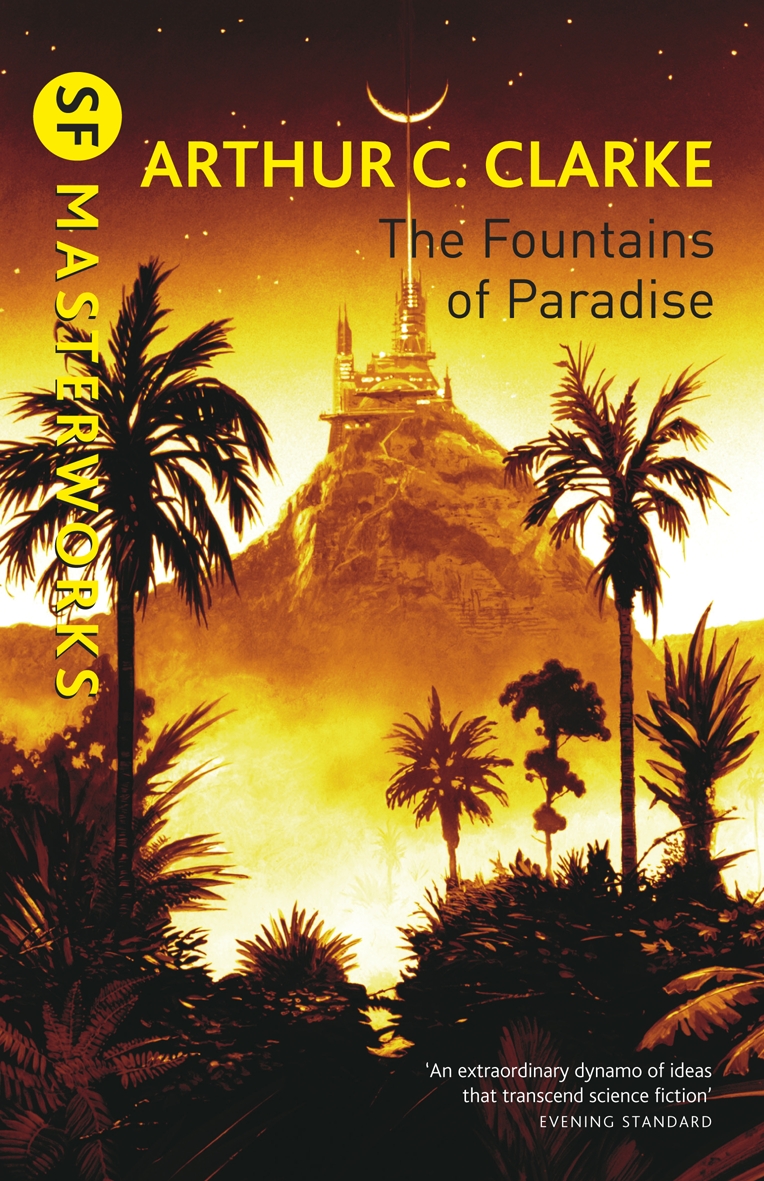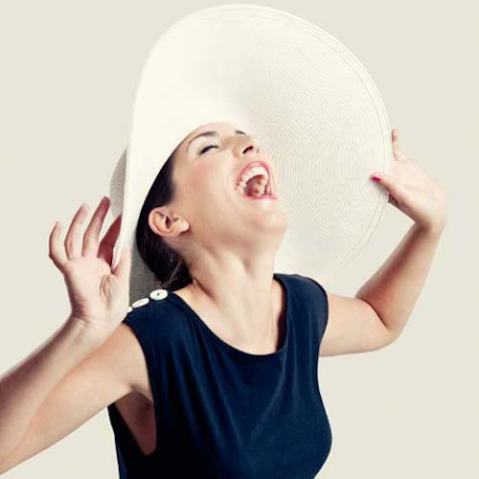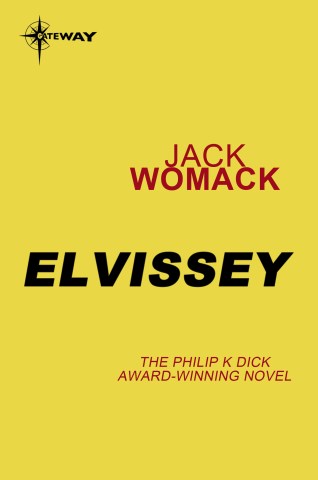What flash for food photography?

Food photography can be a very technical subject, with specialist photographers having studios built to include kitchens in them so the dishes can be shot within seconds of being cooked. It is, however, possible to to produce beautiful images of food without going to the lengths that food photographers go to.
 Using a 105mm macro lens to get in very close and an aperture of ƒ/3.5 for a shallow depth of field gives a modern look to this shot of a tart. Light from a single softbox gives specular highlights on the berries, making them glisten.
Using a 105mm macro lens to get in very close and an aperture of ƒ/3.5 for a shallow depth of field gives a modern look to this shot of a tart. Light from a single softbox gives specular highlights on the berries, making them glisten.
Nikon D3S | 105mm lens | ISO 250 | ƒ/3.2 | 1/60 sec
What lengths are those, before we go anywhere else? They carefully control the lighting via an armory of studio lights, and even have special tricks like using varnish to make certain foods glisten. Or using mashed potato instead of ice cream so it doesn’t melt so fast. It’s an art and a science that can take years to master and to pick up all the tricks.
But in recent times there has been a shift away from food photography like that to a much more natural look with real, just-cooked food. Using natural light, reflectors, and a lens with a wide aperture for a shallow depth of field can work wonders in making great food look even better.
 Natural window light, combined with light from an overhead softbox, give a lovely soft look to this fish dish. And the softbox really helps put a sheen on the oil drizzled on top.
Natural window light, combined with light from an overhead softbox, give a lovely soft look to this fish dish. And the softbox really helps put a sheen on the oil drizzled on top.
Nikon D3X | 105mm lens | ISO 100 | ƒ/18 | 1/125 sec
However, if the light is poor, you have a restricted location, or you just want to get everything sharp, a single flash can be an ideal tool. Most of the time, a flash using a big softbox to replicate window light coming from slightly behind the subject is a sure-fire winner—especially if it’s used to enhance the ambient light.
 A large softbox directly over the table setup not only makes the food look delicious, but provides glorious reflections of itself. You’ll see it in the three blobs of sauce on the plate, the top rim of the wine glass and on top of the cruet set.
A large softbox directly over the table setup not only makes the food look delicious, but provides glorious reflections of itself. You’ll see it in the three blobs of sauce on the plate, the top rim of the wine glass and on top of the cruet set.
Nikon D3S | 38mm lens | ISO 100 | ƒ/22 | 1/160 sec
If there’s too much contrast, a reflector can help push some of the flash light back into the subject. And one of the key benefits of using a softbox is that any shiny parts of the food—like a sauce—will show a reflection of the light source. When shooting a car this can be a problem, but in food it can look positively delicious!
 Detail shots like this are often as important as photos showing the whole dish. A careful choice of camera position and placing of the soft box makes the dessert stand out against the background. The soft box is reflected in the chocolate sauce on top, making it glisten.
Detail shots like this are often as important as photos showing the whole dish. A careful choice of camera position and placing of the soft box makes the dessert stand out against the background. The soft box is reflected in the chocolate sauce on top, making it glisten.
Nikon D3X | 105mm lens | ISO 100 | ƒ/20 | 1/125 sec
Locking down your camera on a sturdy tripod, then carefully checking focus and composition are key issues to making your food shots great. As is working quickly, as food loses its just-cooked appeal very quickly. One of the benefits of using small, dedicated flash units so close is that you can use high-speed sync to choose the aperture and shutter speed you require while controlling the affect of the ambient exposure. You aren’t limited to shooting at the maximum sync speed, as you would be with studio flash.
Learn more about light and lighting techniques using just one flash in John Denton and Adam Duckworth’s One Light Flash. The external flash unit is one of the most versatile, but probably under-used tools an amateur photographer has. With dedicated sections covering equipment, indoor and outdoor lighting, post production, and case studies that cover in depth lighting situations for different genres such as wedding, fashion, lifestyle, and boudoir, One Light Flash aims to show you how the first flash you buy may be the last you ever need.
 One Light Flash
One Light Flash
John Denton and Adam Duckworth
Buy it now!
RRP for print edition: £17.99


